
Redesign Your School Athletic Pavilion | 2014 National High School Architecture Competition #28
The school of Brooklyn Technical High School is home to multiple athletic facilities. The main one in focus is the one located on the first floor, south side of the school. It is used by thousands of students for sports such as volleyball, basketball, European hand-ball, and soccer. There is also an indoor track located in the same space, which is accessible through the second floor. Although a good facility, there are some aspects which can be changed for the better.
The existing space for the athletic facility is currently on grade and is 91’-9” X 77’-8”. One problem that I would like to focus on is the mixture of usage between the public and the private. The way I wanted to approach this issue is by using interior partitions. The gym can be expanded so that there’s a mixed use field for both school students + faculty, as well as the public. The same concept will be applied for the locker rooms, weight room, and any other storage space needed. This separation is critical for a public high school due to potential confusion or danger that may occur. However, I’m still not sure on the ratio of public vs private gym space. Ultimately the school should have more space, but to attract the public I feel as if the gym should be spacious.
Another issue that I think is of importance is the method of expansion because the area given isn’t spacious enough and the adjacent stairs and hallways can’t simply be taken over by my design. I was planning on expanding the space over the yard area. The problem with this is that there might not be enough parking for the public, so I was considering placing the weight rooms above the yard to allow for a raise in level of approximately 12’. This would allow for a second level of parking and an efficient use of space.
The last issue I would like to address is the availability of natural light. Natural light is something that helps to treat Seasonal Affective Disorder (SAD). This isn’t the case for everyone because we each have different genetics and age also plays a factor. Across the south west corner of the school gym is a row of residential buildings which are 3 stories high (~36’) which can block the sunlight. Even with this blockage, the sun sets in the west so the use of natural light may not be feasible with the mixed use gym space. There’s a possibility that natural light can be used for the weight rooms if there is a sun roof. In place of the natural light I can use light fixtures behind a translucent material to simulate the sun.

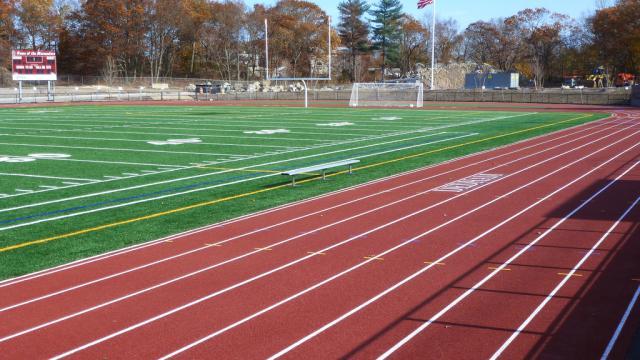








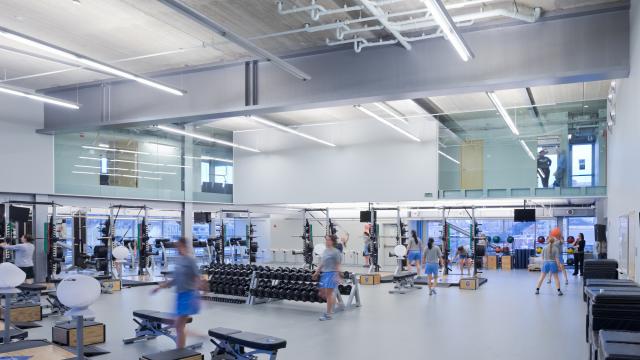
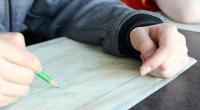




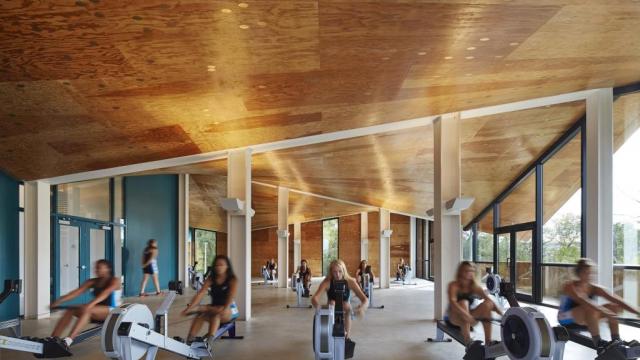






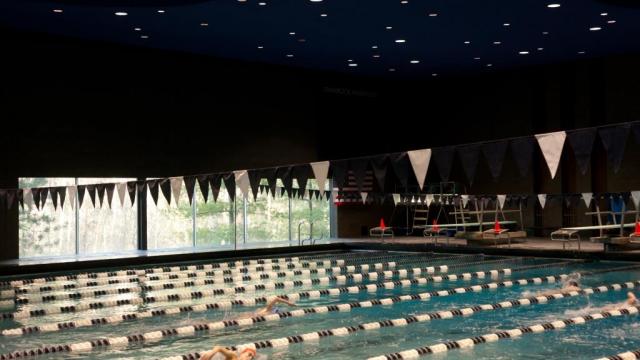




Comments
I can tell you have put significant thought into this project from the get go. I am very excited to see what you have designed because it sounds phenomenal!